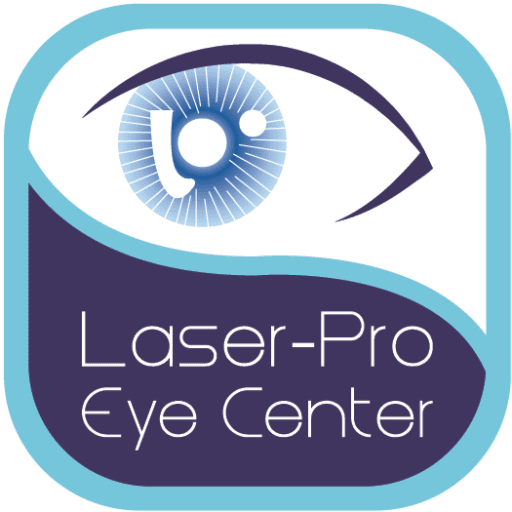Retinopathy Of Prematurity
About Us
Subscribe To Our Newsletter

What Our Client’s Say’s
Fusce pharetra odio in urna laoreet laoreet. Aliquam erat volutpat. Phasellus nec ligula arcu. Aliquam eu urna pulvinar, iaculis ipsum in, porta massa.


Adam McWilliams
CEO & FounderNullam metus mi, sollicitudin eu elit non, laoreet consectetur urna. Nullam quis aliquet elit. Cras augue tortor, lacinia et fermentum eget, suscipit id ligula. Donec id mollis sem, nec tincidunt neque. Pellentesque habitant morbi tristique senectus et netus et malesuada fames ac turpis egestas.


Jone Dose
Sale ExecutiveNullam metus mi, sollicitudin eu elit non, laoreet consectetur urna. Nullam quis aliquet elit. Cras augue tortor, lacinia et fermentum eget, suscipit id ligula. Donec id mollis sem, nec tincidunt neque. Pellentesque habitant morbi tristique senectus et netus et malesuada fames ac turpis egestas.


Alex Robinson
Web DeveloperNullam metus mi, sollicitudin eu elit non, laoreet consectetur urna. Nullam quis aliquet elit. Cras augue tortor, lacinia et fermentum eget, suscipit id ligula. Donec id mollis sem, nec tincidunt neque. Pellentesque habitant morbi tristique senectus et netus et malesuada fames ac turpis egestas.


Joe Bidden
MD & FounderNullam metus mi, sollicitudin eu elit non, laoreet consectetur urna. Nullam quis aliquet elit. Cras augue tortor, lacinia et fermentum eget, suscipit id ligula. Donec id mollis sem, nec tincidunt neque. Pellentesque habitant morbi tristique senectus et netus et malesuada fames ac turpis egestas.





Treatment
What is retinopathy of prematurity?
Retinopathy of prematurity (ROP) occurs in infants who are born prematurely, where blood vessels in the retina do not form normally. The retina is a thin sheet of nerves lining the back wall of the eye and functions like the film in a conventional camera. ROP can consequently cause serious problems affecting a child’s eyes and vision.
What causes retinopathy of prematurity?
The blood vessels of the retina begin to form around the 3rd month of gestation. These vessels are fully developed by the time the baby is born at full-term. However, if the baby is born earlier than expected, this process may be incomplete. The extent usually depends on the gestational age and weight at the time of delivery. The developing retinal vessels are fragile and can easily leak and bleed within the eye. Consequently, scar tissue may develop and pull the retina away from the inner wall of the eye, causing a retinal detachment. In severe cases this can result in complete loss of vision.

